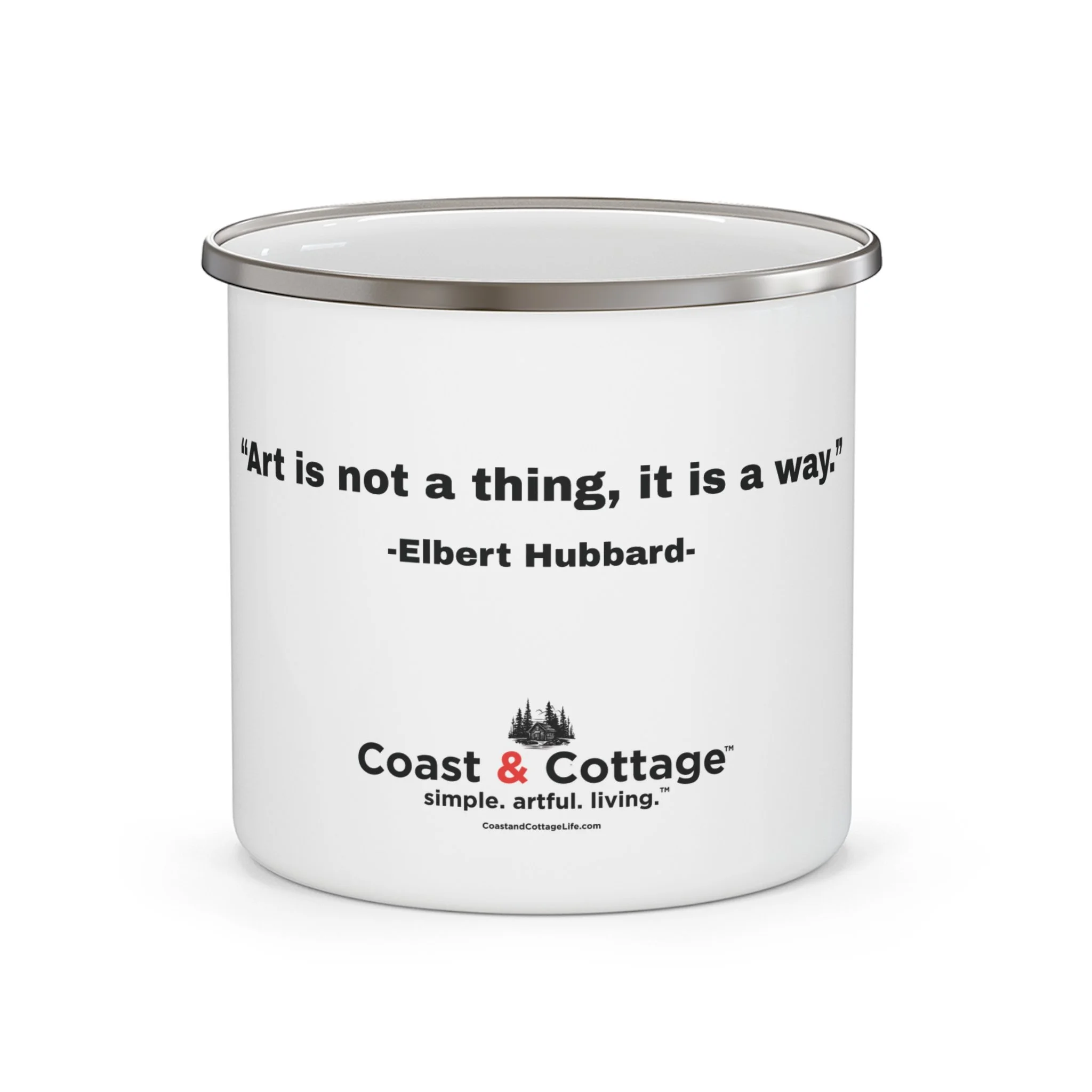Fly Tying | Elk Hair Caddis
“Tying flies is a meditation in miniature—one feather, one thread, one moment at a time.” — Unknown
Photo: Fly Tying Archive | Visit
Fly tying is the craft of creating artificial flies used in fly fishing by securing materials like feathers, fur, and thread to a hook. Each fly is designed to imitate insects, baitfish, or other natural prey to entice fish. It combines artistry with function, requiring attention to detail, knowledge of aquatic life, and steady hands. For many anglers, tying flies is more than preparation—it's a rewarding ritual that deepens their connection to the water and the fish they pursue.
Materials Needed:
Hook: Dry fly hook, size 12–18 (e.g., TMC 100 or equivalent)
Thread: 6/0 or 8/0 (tan, brown, or black)
Body: Fine dry fly dubbing (tan, olive, grey, etc.)
Hackle: Dry fly rooster hackle (color to match body—brown, grizzly, or ginger)
Wing: Elk hair (natural or bleached)
Optional: Ribbing (fine gold or copper wire)
Tying Instructions:
Start the Thread
Mount the hook in the vise.
Wrap a base of thread from behind the eye to halfway down the bend.(Optional) Tie in Ribbing
If using wire ribbing, tie it in at the bend and let it hang.Create the Body
Dub a small amount of dubbing onto the thread.
Wrap forward to form a slim, tapered body that ends about an eye’s width behind the hook eye.Tie in the Hackle
Select a dry fly hackle sized to the hook.
Tie it in at the front of the dubbed body (by the stem).
Palmer (wrap) the hackle backward in evenly spaced turns to the rear of the body.
If using ribbing, counter-wrap it forward over the hackle to secure it and prevent unraveling.
Tie off and trim the excess hackle and ribbing.Prepare the Elk Hair Wing
Cut a small clump of elk hair (about a pencil's width for a size 14).
Clean out underfur and short fibers using a comb or stacker.
Stack the hair to even the tips.Tie in the Wing
Measure the wing: tips should extend just past the hook bend.
With the tips pointing rearward, tie the elk hair in just in front of the dubbed body.
Use a soft loop to capture the hair, then tighten while pinching firmly. Make several snug wraps to secure.
Trim the butt ends at an angle, forming a short head area.Finish the Fly
Build a small, neat thread head in front of the elk hair.
Whip finish and apply a drop of head cement.
Tips:
Keep the elk hair wing sparse for better silhouette and flotation.
Avoid dubbing too heavily—it should be slim.
Use a hair stacker to get perfectly aligned tips.


